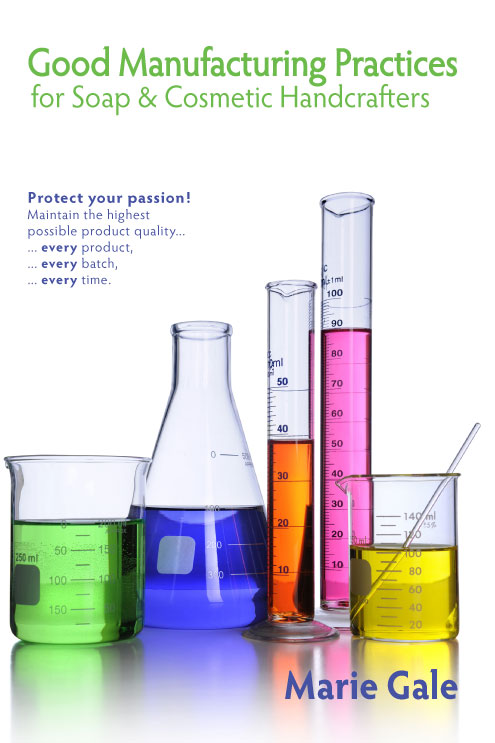At present,1 (February 2023) there are no federal laws or regulations that specify exact good manufacturing practices requirements for cosmetic manufacturing facilities.
However, the FDA has issued a Draft Guidance for cosmetic GMP and published their Cosmetic GMP Inspection Checklist. There is also ISO 22716, Cosmetic Good Manufacturing Practices, issued by the International Standards Organization. Some states, such as Florida, do have cosmetic GMP standards in their regulations.
Each different guideline (as well as actual state regulations) is slightly different. Even so, all of the guidelines and state regulations for the actual facilities and equipment cover the same basic points and give fairly general statements about what is required. As such, they can be adapted and applied to facilities large and small.
The Reason for GMP
The whole reason for good manufacturing practices is to make sure that the products can be made without becoming adulterated or contaminated, that they can be correctly labeled, errors or issues can be caught and handled, and that sufficient records are kept.
When it comes to the actual doing, the processes and procedures should be documented and followed.
When it comes to the facilities and the equipment, everything should be set up to facilitate clean and accurate production.
Premises
You want your premises to make it possible to manufacture your products without dirt, contamination, or distractions. It’s stated very well in ISO 22716.
PREMISES:
Principle: Premises should be located, designed, constructed and utilized so as:
a) to ensure protection of the product;
b) to permit efficient cleaning, if necessary, sanitizing and maintenance;
c) to minimize the risk of mix-up of products, raw materials and packaging materials.
ISO 22716 4.1.1
What does that entail?
Really, it’s fairly well covered by common sense:
- Having sufficient space to operate.
- Making sure the surfaces, such as floors, walls, ceiling, and windows, are designed so they can be kept clean and in good repair.
- Adequate lighting, installed so it doesn’t collect debris that could contaminate the product.
- Adequate ventilation; windows screened or kept closed.
- Adequate filth and pest controls (keep out dust, animals , rodents, etc.). See GMP – How Bad Can It Get? for an example of what not to do!
- Adequate washing, cleaning, plumbing, toilet, and locker facilities to allow for sanitary operation, cleaning of facilities and equipment, and personal cleanliness.
Equipment
Equipment in this case means the storage and mixing containers, utensils, storage bins or containers, molds, cutters, fillers, scales, etc.—anything that is used in producing the products. Equipment should be suitable. Again, it’s stated very well in ISO 22716:
EQUIPMENT
Principle: Equipment should be suitable for the intended purpose and capable of being cleaned and, if necessary, sanitized and maintained.
ISO 22716 5.1
What does that entail?
Again, it’s covered by common sense. Actually, it’s somewhat similar to cooking!
- Equipment should be designed to prevent contamination of the product.
- Bulk product containers should be protected from air contaminants such as dust and moisture.
- Equipment should be able to be easily cleaned, and be cleaned on a regular basis.
- Cleaned and sanitized portable equipment and utensils should be stored to protect them from splash, dust, or other contaminants.
- Cosmetic contact surfaces (counter tops, for example) should be covered when not in use to protect them from splash, dust, or other contaminants.
- Scales or other equipment should be calibrated per manufacturer’s instructions and standard operating procedures, with results documented.
- Equipment should be maintained, and defective equipment removed.
Small vs. Big
Obviously the requirements for a small handcrafter making 1 gallon of lotion in a shop in her home are considerably different than a commercial manufacturer making 1,000 gallon batches of lotion in an industrial setting. Even so, the same generalized GMP requirements can be adapted as necessary and as applicable to the specific situation.
Standard Operating Procedures
As part of GMP, standard operating procedures for the use and maintenance of facilities and equipment should be written down and followed.
More Information
For more information, see GMP Basics and also the GMP Category of posts on this website.
- Legislation was passed in December 2023 that will result in GMP regulations, but they probably won’t be finalized and effective until sometime in 2025. They will only be applicable to cosmetic manufacturers with over $1 million in annual revenue. ↩︎



Leave a Reply